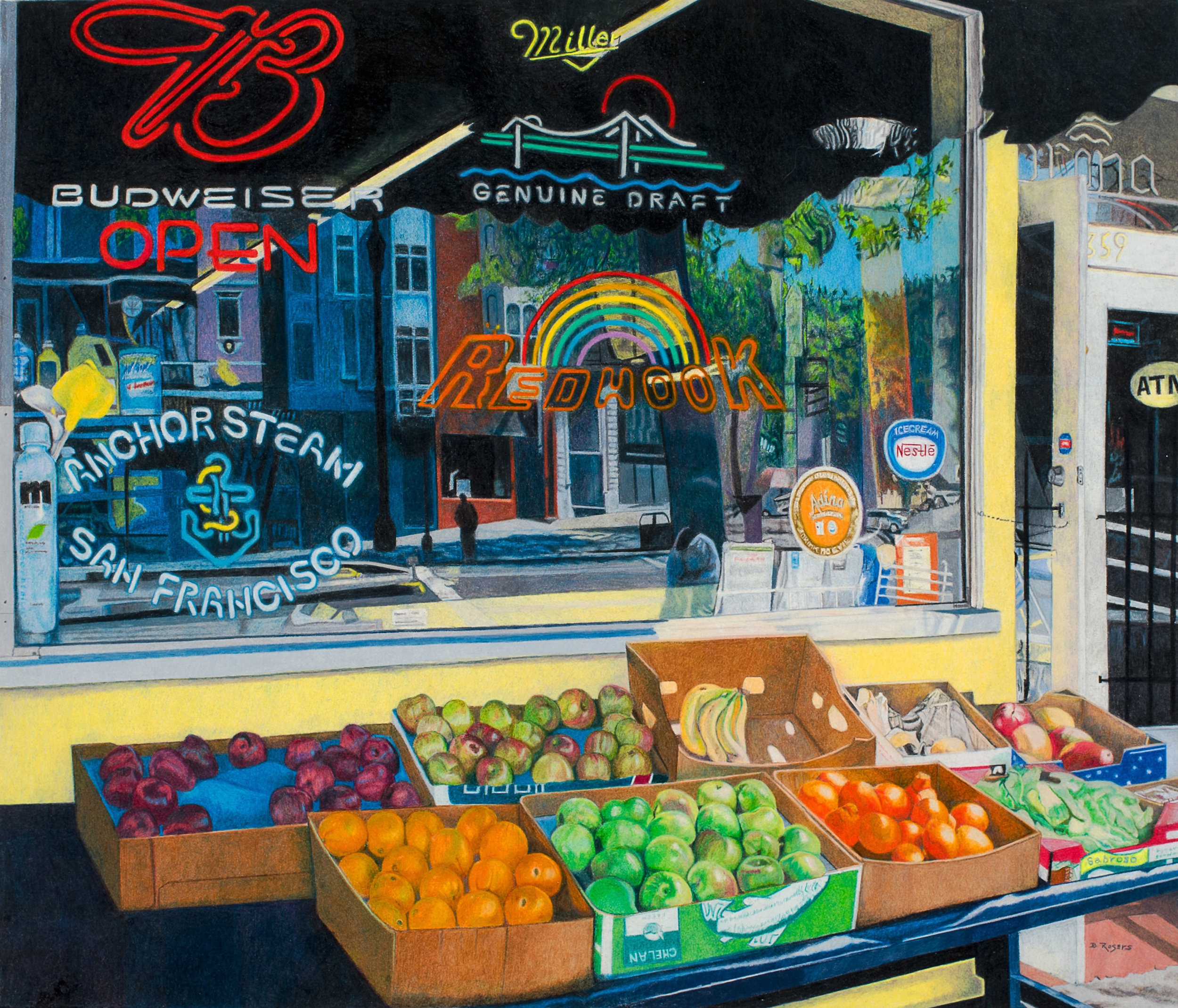What is the Shelf-life of Yupo Paper?
YUPO is totally inert and acid-free. But just like any other medium, YUPO requires careful handling. Exposure to sunlight (UV) will cause YUPO to yellow over time and therefore it’s essential to either frame YUPO behind UV protective glass or apply a UV protective spray.
It is recommended to use a high-quality, acrylic, non-yellowing varnish such as Krylon® Kamar Varnish, followed by a UV protectant spray or varnish. You should use 2-3 light coats allowing it to dry about thirty minutes to an hour between layers. Legion paper recommends using Lascaux Fixative. However, while great for other mediums, Lascaux Fixative has been known to interact with alcohol ink paintings if applied directly. I recommend, from experience, using the Krylon Kamar Varnish first, before any additional sealers.
Once the varnish has dried, you cannot rework or touch up your art, so be sure to completely finish and cure your project prior to sealing it. Acrylic varnishes form a non-yellowing, durable plastic skin that bonds permanently to the artwork. These varnishes cannot be removed but can be painted over with acrylic paint.
Is there a right or wrong side to YUPO paper?
According to Legion pager, technically, the front and back surfaces of YUPO are identical. The same exact material is used on the front and back. However, some artists have noticed a difference in how inks behave on one side versus another. Each artist should experiment with YUPO paper to determine their own preferences. Personally, I’ve used both sides without issue.
Storing YUPO Paper
The best protection for storing YUPO, as well as any art paper, is to place it in an acid-free storage container, away from any direct sunlight. Many offices use acid-free storage boxes to archive files and papers, so these can be found in most office supply stores.
Is it safe to burn YUPO paper?
Recently some artists have been creating really cool artwork by burning holes in the Yupo paper and layering it for a three-dimensional effect. But is this safe?
According to the Legion paper, it depends on what you consider safe. YUPO has issued various statements regarding the contents of the paper, including a Compliance Letter and the following statement regarding the environmental characteristics of YUPO in recycling. “Safely incinerated in a modern incinerator with an atmosphere of excess oxygen it will yield only water, carbon dioxide, and ash.”
As a good practice, if you are burning YUPO, it is recommended doing so in a well-ventilated area and consider wearing a protective mask during the process. The same stands true when working with alcohol ink, as well as varnishes and UV sprays.
Five Essential Tips for Painting with Alcohol Ink on YUPO
- Avoid handling the YUPO too much as the oils from your fingers can resist the ink and cause unwanted effect. One trick is to tape YUPO to a board, such melamine board, so that you can tilt and your inks around for interesting results. If you suspect oily fingerprints or residue, simply take a cotton ball or paper towel with Isopropyl alcohol and wipe off the surface.
- Although YUPO is considered “erasable watercolor paper”, it’s not possible to wipe alcohol ink off completely. The inks will stain the paper. However, if you’re not happy with your result, don’t sweat it, simply wipe it clean with Isopropyl alcohol and a paper towel and start over. Yes, the background will be discolored, but for most alcohol ink art projects, that’s not an issue.
- Once you paint with alcohol ink on YUPO, unlike tile, you cannot lift back to the original white background. If you are creating a representational piece and want the most control possible with alcohol ink, it is important to plan ahead and mask areas that you want to remain white, so that you can achieve the desired contrast.
- When working with alcohol ink on YUPO, it’s important not to stress about control. Working with alcohol inks on any substrate requires that you relax and let the ink guide you… and they will! It’s not uncommon to start out with one idea in mind and come up with something completely different. That keeps things interesting. You can use tools such as brushes, cotton balls, cotton swabs, brushes, kitchen straws, canned air, airbrush compressors and much more to move and control the inks. These supplies work well when working on YUPO.
- After painting with alcohol ink on YUPO, you will want to seal and protect your painting. Give your painting at least 48- 72 hours to dry completely before sealing. The drying time differs from location to location and depends on the humidity in your area. After it dries, a couple of light coats of Kamar Krylon varnish will seal your art. Then to prevent damage from UV rays, you’ll want to finish it with a coat of UV protectant spray.









